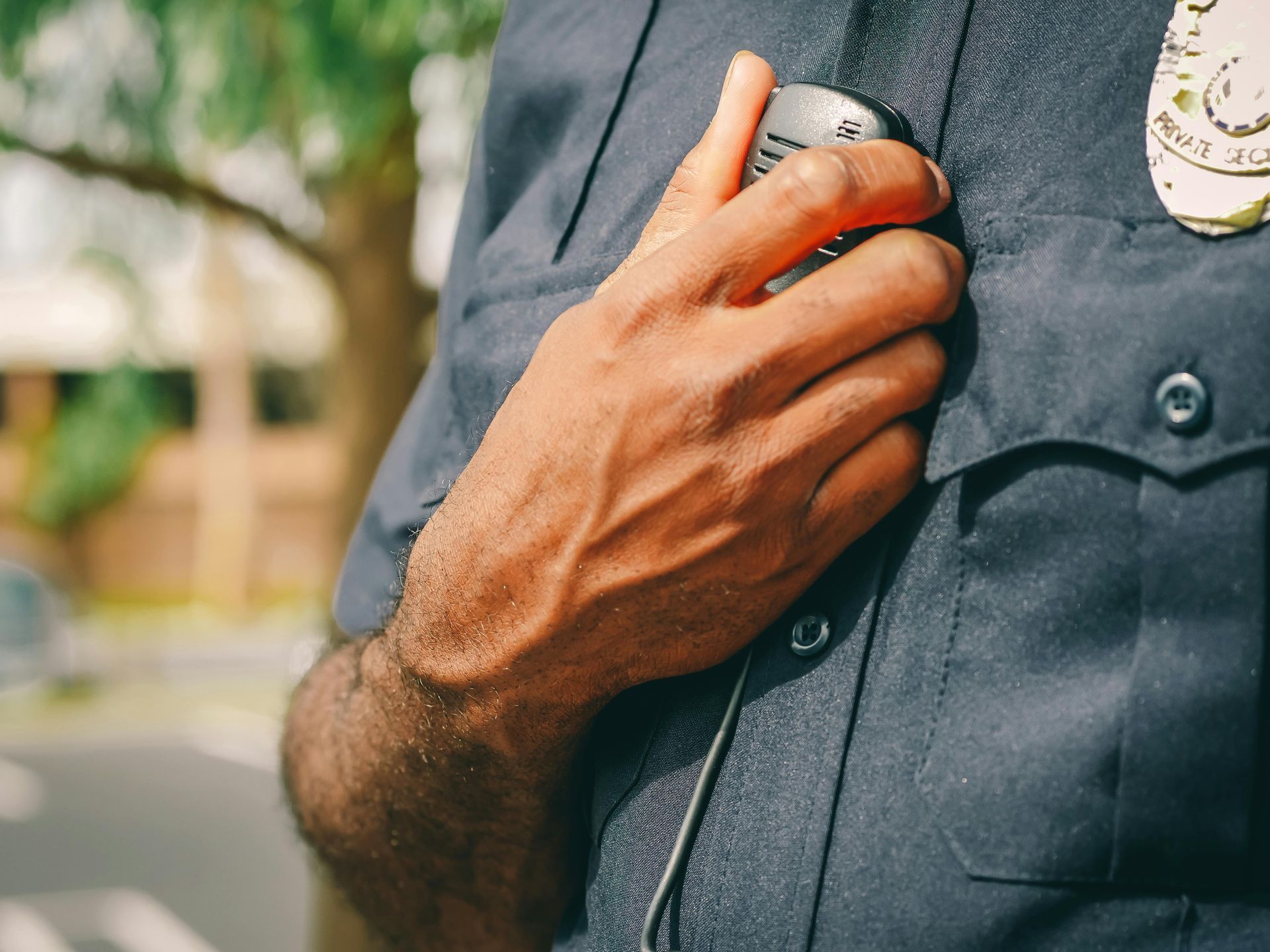Plan Ahead for Phase Out of 3G Cellular Networks and Service

If your mobile phone is more than a few years old, you may need to upgrade your device before your mobile provider shuts down its 3G network, to avoid losing service. For more information on your mobile providers’ plans for 3G retirement and how you can prepare, contact your provider directly.
What is happening?
Mobile carriers are shutting down their 3G networks, which rely on older technology, to make room for more advanced network services, including 5G. As a result, many older cell phones will be unable to make or receive calls and texts, including calls to 911, or use data services. This will affect 3G mobile phones and certain older 4G mobile phones that do not support Voice over LTE (VoLTE or HD Voice).
Learn more about other connected devices, such as medical devices and home security systems that may be impacted below.
When is it happening?
As early as January 1, 2022, though plans and timing to phase out 3G services will vary by company and may change. Consult your mobile provider’s website for the most up-to-date information.
- AT&T announced that it will finish shutting down its 3G network by February 2022.
- Verizon announced that will finish shutting down its 3G network by December 31, 2022.
- T-Mobile announced that it will finish shutting down Sprint's 3G CDMA network by March 31, 2022 and Sprint's 4G LTE network by June 30, 2022. It also announced it will shut down T-Mobile's 3G UMTS network by July 1, 2022, but has not yet announced a shutdown date for its 2G network.
If your mobile carrier is not listed here, you may still be affected. Many carriers, such as Cricket, Boost, Straight Talk, and several Lifeline mobile service providers, utilize AT&T’s, Verizon’s, and T-Mobile’s networks.
Note: These are dates for completing the shutdowns. Carriers may begin retiring parts of their networks sooner.
What do I need to do?
Contact your mobile provider or consult your provider’s website for more information about their 3G retirement plan and whether your phone, or other connected device, may be affected. It is important to plan now so that you don’t lose connectivity, including the ability to call 911.
Some carrier websites provide lists of devices that will no longer be supported after 3G networks are shut down. You may need to upgrade to a newer device to ensure that you can stay connected, and carriers may be offering discounted or free upgrades to help consumers who need to upgrade their phones.
Some devices may only require a software update to enable VoLTE (HD Voice) or other advanced services. If you purchased your phone independent of a mobile provider, you should be able to check whether your device is 4G LTE (with VoLTE or HD Voice) enabled by checking your phone’s settings or user manual, or by searching your phone’s model number on the internet, to determine whether you need to purchase a new device or install a software update.
Does this just impact phones?
No, other devices, such as certain medical devices, tablets, smart watches, vehicle SOS services, home security systems, and other connected products may be using 3G network services. And don't forget about devices that use cellular connectivity as a back-up when a wired internet connection goes down. If the device is not labeled, contact the monitoring company or other service provider to confirm how the device connects and whether your device may be impacted.
Why are 3G networks being phased out?
As mobile carriers seek to upgrade their networks to use the latest technologies, they periodically shut down older services, such as 3G, to free up spectrum and infrastructure to support new services, such as 5G. Similar transitions have happened before. For example, some mobile carriers shut down their 2G networks when they upgraded their networks to support 4G services. Mobile carriers have the flexibility to choose the types of technologies and services they deploy, including when they decommission older services in favor of newer services to meet consumer demands.
Need Other Help Staying Connected?
As mentioned above, your mobile service provider may be offering special deals on new devices, including some deals that might include a free cell phone.
In addition, although they do not cover the cost of new devices, other FCC programs may be able to assist eligible consumers with the cost of phone or internet services:
The FCC’s Lifeline program may be able to assist eligible consumers in getting connected to phone and internet services. The program provides a discount on phone service for qualifying low-income consumers to ensure that all Americans have the opportunities and security that phone service brings, including being able to connect to jobs, family and emergency services. You can learn more about the Lifeline Program and find out if you may be eligible here.- In addition, The FCC’s Emergency Broadband Benefit Program provides a temporary discount of up to $50 per month towards broadband service for eligible households during the COVID-19 pandemic. You can learn more about the Emergency Broadband Benefit Program, what it covers, and find out if you may be eligible here.





